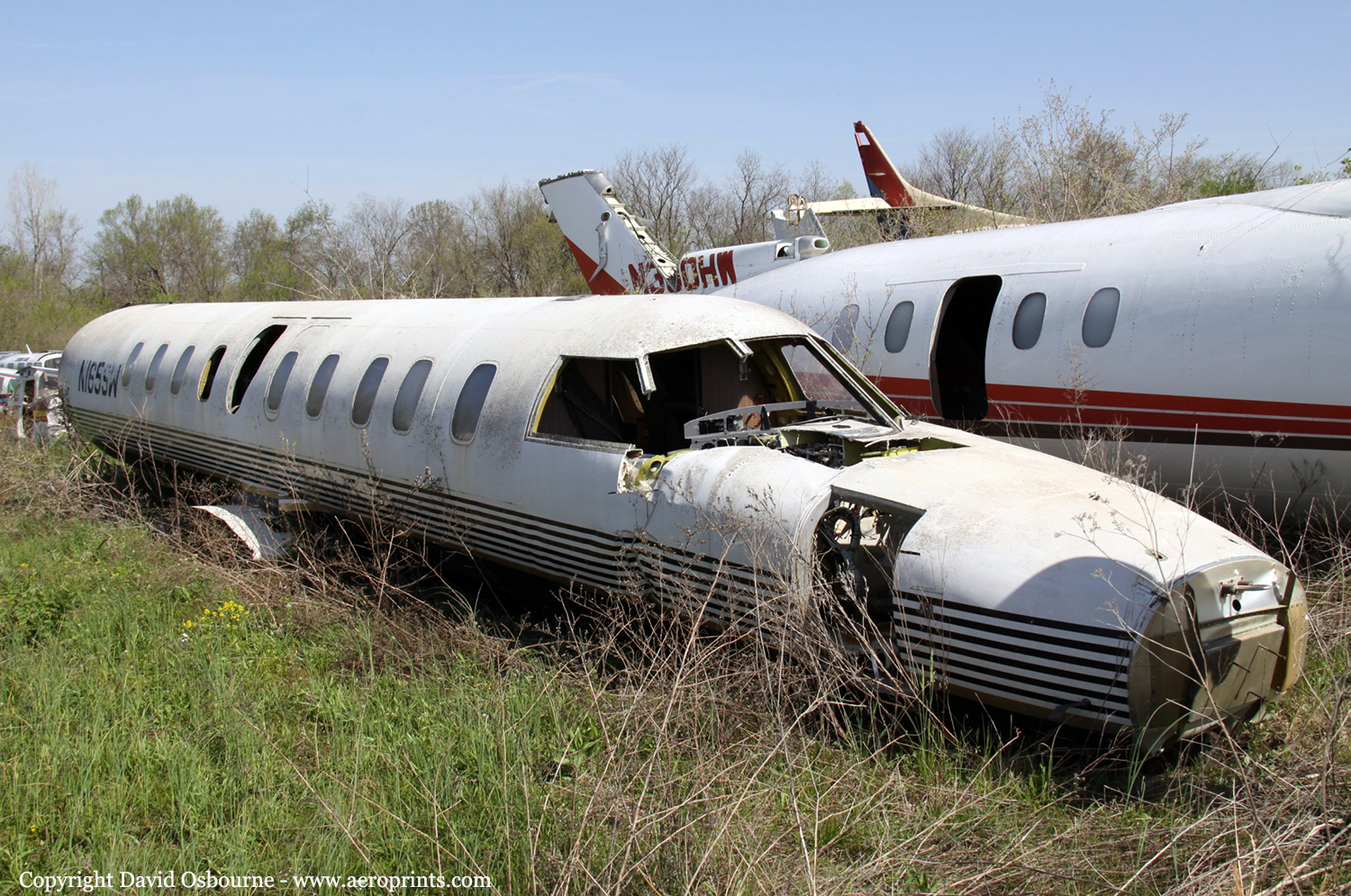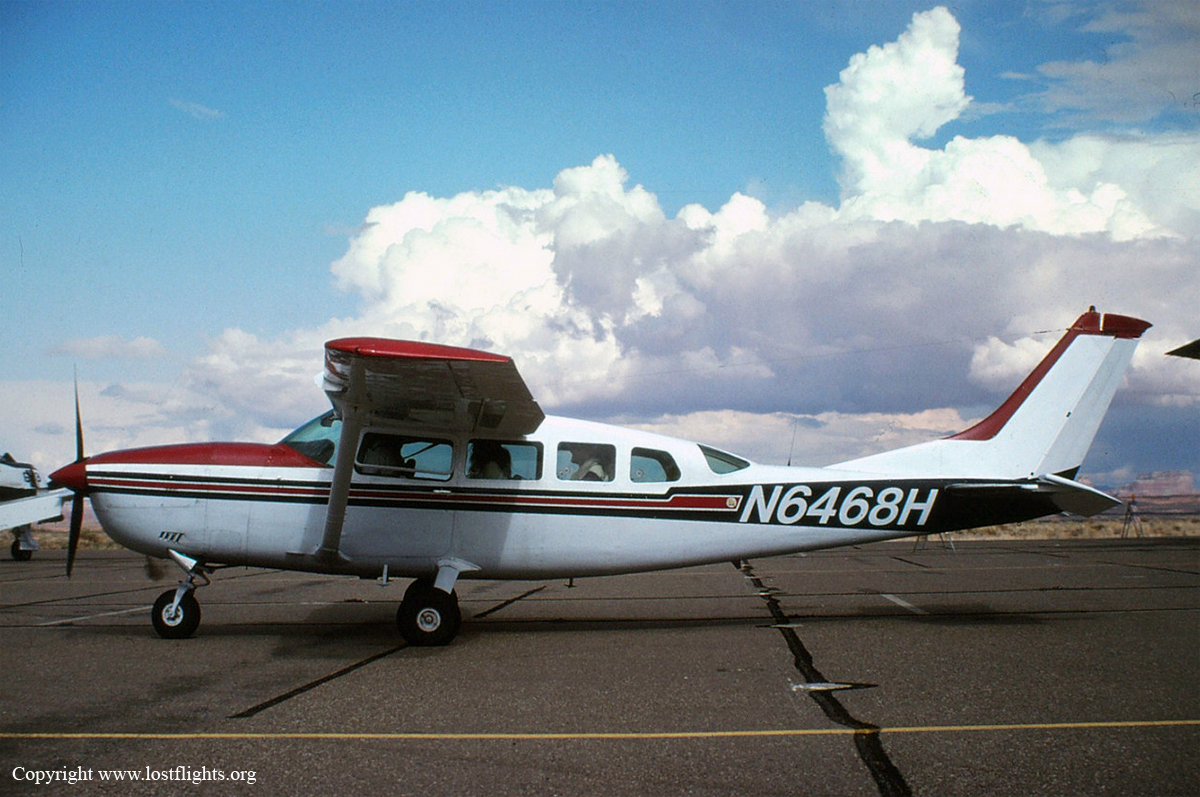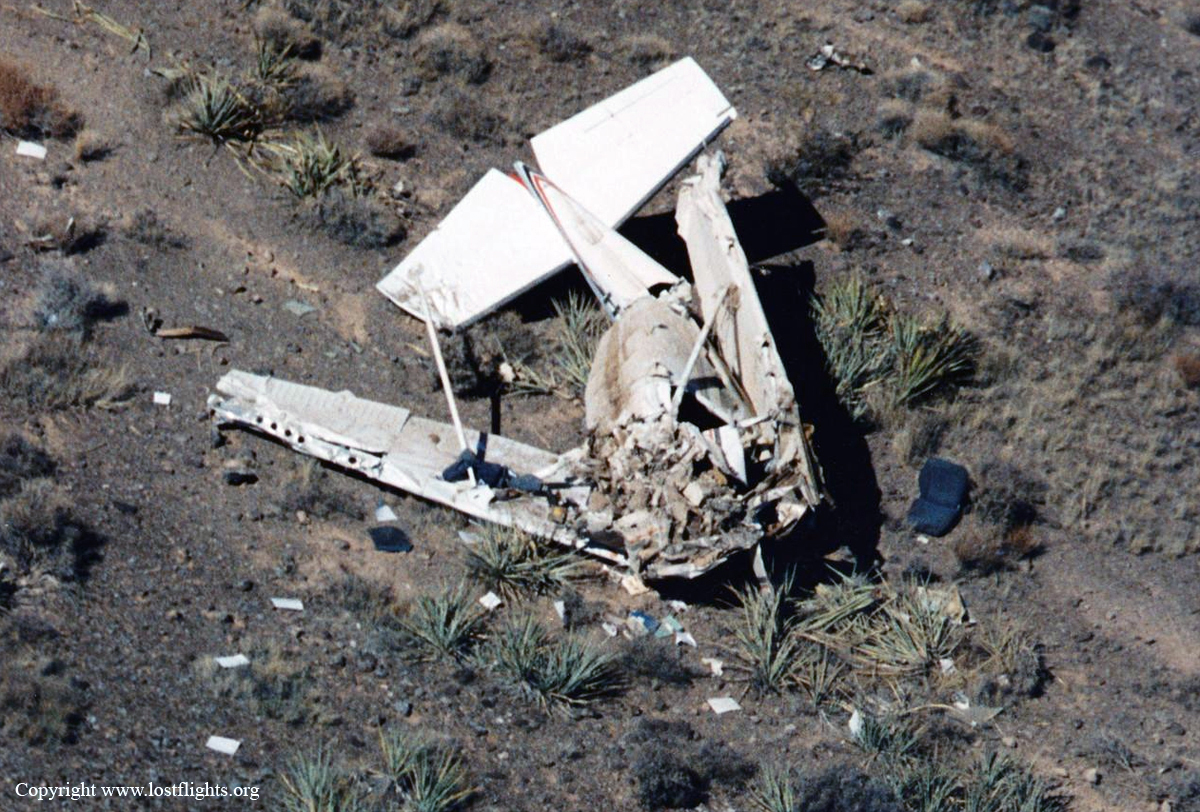Country
code
AZ
Crash of a Swearingen SA227AC Metro III in Bullhead City
Date & Time:
Jan 5, 1997 at 1243 LT
Registration:
N165SW
Survivors:
Yes
Schedule:
Long Beach - Grand Canyon
MSN:
AC-514
YOM:
1982
Crew on board:
2
Crew fatalities:
Pax on board:
19
Pax fatalities:
Other fatalities:
Total fatalities:
0
Captain / Total hours on type:
300.00
Copilot / Total hours on type:
56
Aircraft flight hours:
25111
Circumstances:
After executing a missed approach at the Grand Canyon Airport, the pilots diverted to the Bullhead City Airport. The pilots reported that minimal icing conditions were encountered with about 1/8 inch of ice accumulating on the aircraft wings. The pilots stated they cycled the deice boots to shed ice. They did not observe ice on the propeller spinners, and they did not activate the engines' 'override' ignition systems, as required by the airplane's flight manual. Use of 'override' ignition was required for flight into visible moisture at or below +5 degrees Celsius (+41 degrees Fahrenheit) to prevent ice ingestion/flameouts. Subsequently, both engines flamed out as the airplane was on about a 3 mile final approach for landing with the landing gear and flaps extended. The aircraft was destroyed during an off-airport landing.
Probable cause:
Failure of the pilot(s) to use 'override' ignition as prescribed by checklist procedures during an encounter with icing conditions, which subsequently led to ice ingestion and dual engine flame-outs. Factors related to the accident were: the adverse weather (icing) conditions, the accumulation of airframe/engine ice, and lack of suitable terrain in the emergency landing area.
Final Report:

Crash of a Cessna T207A Skywagon near Littlefield: 1 killed
Date & Time:
Sep 20, 1996 at 1939 LT
Registration:
N6468H
Survivors:
No
Schedule:
Grand Canyon - Saint George
MSN:
207-0532
YOM:
1979
Crew on board:
1
Crew fatalities:
Pax on board:
0
Pax fatalities:
Other fatalities:
Total fatalities:
1
Captain / Total hours on type:
7.00
Aircraft flight hours:
10009
Circumstances:
The airplane was being positioned to another airport at night. The flight was over mountainous terrain. The airplane collided with the top of a 4,600-foot bluff. The pilot had a history of transient global amnesia. Examination of the accident site revealed a 567-foot long wreckage path, oriented along the direct course line from the departure point to the destination. Damage to the engine and propeller indicated that the engine was developing power at impact.
Probable cause:
The pilot's failure to maintain clearance with terrain during descent for undetermined reasons. Contributing factors were the dark night and mountainous terrain.
Final Report:


Crash of a Mitsubishi MU-2B-36 Marquise in Scottsdale
Date & Time:
Jul 20, 1996 at 0857 LT
Registration:
N999FA
Survivors:
Yes
Schedule:
Scottsdale - Phoenix
MSN:
676
YOM:
1975
Crew on board:
1
Crew fatalities:
Pax on board:
0
Pax fatalities:
Other fatalities:
Total fatalities:
0
Captain / Total hours on type:
81.00
Aircraft flight hours:
8878
Circumstances:
The right engine lost power after an uncontained engine failure during the initial takeoff climb. The airplane would not climb and the pilot was forced to land. The pilot selected a street for a forced landing area. The pilot landed gear up while maneuvering to avoid hitting street light poles and automobiles. After touchdown, the airplane slid into a block wall. A fire erupted as a result of a post impact fuel leak in the left wing. The airplane's engines were examined at the manufacturer's facilities. The right engine exhibited evidence of an uncontained separation of the second stage turbine rotor disk. Examination of the disk fragments revealed a low cycle fatigue fracture mode. The fatigue initiated from multiple areas at and adjacent to the inside diameter bore surface near the aft side of the disk. According to the engine manufacturer, the multiple indication areas were associated with uninspectable size porosity and the primary carbides in the cast material. There were no material or casting defects detected on any of the fractures through the wheel.
Probable cause:
Aan uncontained failure of the second stage turbine wheel due to fatigue. Factors were: obstructions in the forced landing area and the inability of the airplane to climb after the turbine wheel failure.
Final Report:
Crash of a Convair C-131E Samaritan in Saint Johns: 4 killed
Date & Time:
Feb 5, 1996 at 0950 LT
Registration:
N131T
Survivors:
No
Schedule:
Saint Johns – Brownsville – Chetumal
MSN:
338
YOM:
1956
Crew on board:
2
Crew fatalities:
Pax on board:
2
Pax fatalities:
Other fatalities:
Total fatalities:
4
Captain / Total hours on type:
8.00
Aircraft flight hours:
18715
Circumstances:
Witnesses observed the aircraft departing from runway 14 with a rolling start. They said the aircraft rotated at the departure end of the runway and remained in ground effect with an excessive, nose high attitude. It then struck the airport perimeter fence, a barrier wall, and power lines. Power line wires were dragged through a residential area, resulting in additional damage. The airplane then crashed in a pasture and burned. Investigation revealed the airplane had been loaded to a gross weight (GW) of 50,870 lbs. Its maximum GW was limited to 48,000 lbs at sea level with the use of antidetonation injection (ADI) fluid and 40,900 lbs without ADI. Density altitude at the airport was 6200 feet. For conditions at the airport, maximum GW for takeoff with ADI and 15° of flaps was 43,205 lbs; without ADI and with 13 degrees of flaps, maximum GW was 38,909 lbs. The airplane flaps were found in the retracted position, but there was no performance data for takeoff with the flaps retracted. No ADI fluid was found in the line to the right engine, although it was intact; the ADI tank was destroyed; the ADI line to the left engine was damaged. The airplane was being flown under provision of a ferry permit, which did not provide for the cargo or the two passengers that were aboard. The first pilot (PIC) had accrued about 8 hours of flight experience in the make and model of airplane.
Probable cause:
Inadequate preflight planning and preparation by the first pilot (PIC), his failure to ensure the aircraft was properly loaded within limitations, his failure to use proper flaps for takeoff, his failure to use ADI assisted takeoff, and his resultant failure to attain sufficient airspeed to climb after takeoff. Factors relating to the accident were: the high density altitude, and the PIC's lack of experience in the make and model of airplane.
Final Report:

Crash of a Beechcraft E90 King Air in Flagstaff: 3 killed
Date & Time:
Jan 31, 1996 at 1305 LT
Registration:
N300SP
Survivors:
No
Schedule:
Flagstaff - Phoenix
MSN:
LW-166
YOM:
1976
Crew on board:
1
Crew fatalities:
Pax on board:
2
Pax fatalities:
Other fatalities:
Total fatalities:
3
Captain / Total hours on type:
613.00
Aircraft flight hours:
5952
Circumstances:
The pilot and 2 nurses departed IFR to transport a patient from another location. During the initial climb, the pilot observed a gear unsafe light. He requested clearance to an area of VFR conditions to address the gear problem. Subsequently, the gear was manually extended with safe gear indications. The flight department requested that the pilot return to base. The pilot obtained an IFR clearance to return for an ILS approach. After handoff to the tower, he was requested to report the FAF inbound after an eastbound procedure turn. That was the last communication from the pilot. Subsequently, the aircraft crashed on the southeast side of Humphreys Peak at an elevation of about 10,500 feet and about 10 miles west of the final approach course. Wreckage was scattered along a heading of 230 degrees. There was evidence that the airplane was in a steep descent when it crashed. Radar data revealed an outbound track west of the published course and no procedure turn. The weather was IMC with light snow and rain. Moderate to severe turbulence was forecast and confirmed by other pilots. The winds at 10,000 feet were forecast to be 50 knots out of the southwest. Moderate turbulence and light rime ice had been reported along the ILS approach course before to the accident time.
Probable cause:
Failure of the pilot to follow prescribed IFR procedures and his failure to maintain control of the aircraft. Factors relating to the accident were: the adverse weather conditions with icing and turbulence.
Final Report:
Crash of a Cessna 421C Golden Eagle III in Deer Valley: 2 killed
Date & Time:
Sep 2, 1995 at 1216 LT
Registration:
N3911C
Survivors:
No
Schedule:
Deer Valley - Deer Valley
MSN:
421C-0138
YOM:
1976
Crew on board:
1
Crew fatalities:
Pax on board:
0
Pax fatalities:
Other fatalities:
Total fatalities:
2
Captain / Total hours on type:
10.00
Circumstances:
The pilot was cleared to land, and while on short final the airplane was observed to roll right then left into a yaw and then descend nose down into a parking lot. Witnesses reported the airplane being very low on final approach. According to the pilot's wife, his last flight was about 83 days prior to the accident. No current logbook or other maintenance-type records were recovered except for an invoice. The invoice was dated 12/20/94, and was for an annual inspection and for the replacement of six fuel inlet float valves in compliance with an airworthiness directive. Postaccident examination of the engines, propellers, and airframe components were conducted, with no discrepancies found. Symmetrical power signatures were observed on both propellers. An autopsy revealed mild focal patchy inflammation and mild cardiomegaly, and enlargement of the heart with focal patchy replacement fibrosis. Toxicology revealed Diphenhydramine, Naproxin, acetaminophen, and Salicylate in the blood and the urine at therapeutic levels. Diphenhydramine, at therapeutic levels, causes drowsiness.
Probable cause:
The pilot's failure to maintain positive aircraft control, a proper airspeed and fly a proper approach path during final approach. Contributing factors to the accident were the pilot's physiological condition, impairment as a result of using a sedating medication, and lack of recent experience.
Final Report:

